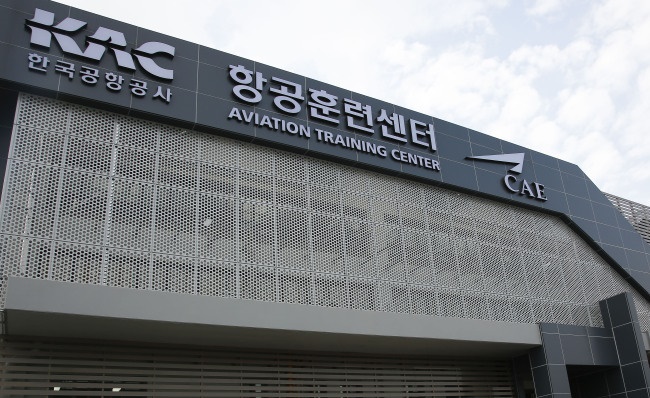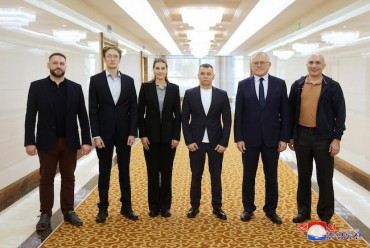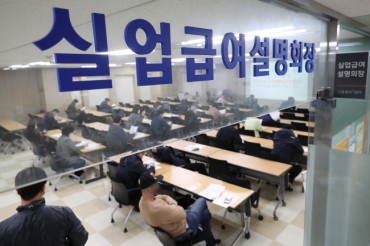
The KAC’s new aviation initiative comes at the right time, as major South Korean airlines such as Korean Air and Asiana Airlines have reported a shortage of pilots, mainly due a continuous outflow of pilots to both their domestic and international rivals. (Image: Korea Airports Corporation)
SEOUL, Jun. 14 (Korea Bizwire) — Korea Airports Corporation’s (KAC) aviation training center opened at Gimpo International Airport on Tuesday amid growing concerns over the shortage of pilots South Korean airlines have been experiencing in recent years.
The newly opened center boasts 4,000 square meters of training area and is equipped with training jets and five flight simulators that will assist the jet transition course which trainees are required to undertake in order to become a pilot.
The KAC’s new aviation initiative comes at the right time, as major South Korean airlines such as Korean Air and Asiana Airlines have reported a shortage of pilots, mainly due a continuous outflow of pilots to both their domestic and international rivals.
As growing interest in tourism has invigorated the airline industry, South Korean pilots have enjoyed more choice recently, receiving better offers from Chinese airlines and newly established low-cost South Korean airlines such as Jin Air, Air Busan and Eastar Jet.
Though the number of pilots has been increasing steadily, it has failed to meet the growing demand for flights in the country, resulting in calls for lax rules regarding pilot training in South Korea.
Against this backdrop came the decision by the Ministry of Land, Infrastructure and Transport to build a new aviation training center in partnership with Canadian Aviation Electronics (CAE), a manufacturer of flight simulators as well as an aviation training services provider.
The Korean Air Flying School at Jeongseok Airport was previously the only training center in South Korea for aspiring pilots, although it was exclusive to Korean Air employees.
The lack of aviation training infrastructure meant most aspiring South Korean pilots had to study abroad and spend significantly more time and money to realize their dream, which many critics argued in the past was a contributing factor to the lack of pilots in the country.
At the KAC’s training center however, any certified commercial pilot who is authorized to operate a propeller plane can pursue a training course.

In 2010, there were only 3,800 pilots in South Korea, jumping to 5,000 in 2014, and 5,600 at the end of last year. (Image: Yonhap)
The center comes with flight simulators that allow trainees to have a virtual experience of takeoff, landing, ascending, and descending, all in four hours, during which training for emergency management will also be provided.
Trainee pilots then continue their training at Uljin Flight Training Center, where they fly training jets before completing their course.
“With the successful management of the Aviation Training Center, we’ll contribute to training competent pilots and boost confidence in South Korean airlines,” said Sung Ill-hwan, the president of the KAC.
The first six-week long transition course is set to begin next Monday at the Aviation Training Center, with a team of trainees selected in March.
Hyunsu Yim (hyunsu@koreabizwire.com)






